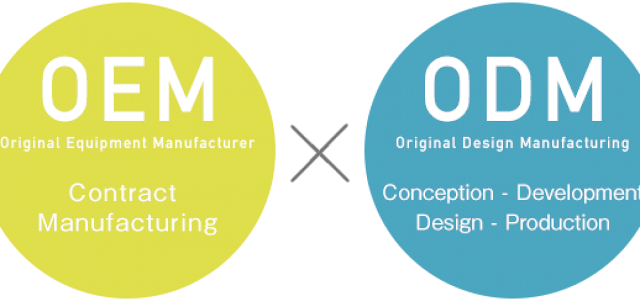What are the benefits using of silicone rubber?
The production process and material composition of silicone rubber gives it a great amount of flexibility, which is what makes it so popular for so many uses. It’s able to withstand extreme fluctuations in temperature from as low as -60°C to as high as 300°C. It also has excellent environmental resistance from Ozone, UV and general weathering stresses making it ideal for outdoor sealing and protection to electrical components such as lighting and enclosures. Silicone sponge is a lightweight and versatile material making it ideal for reducing vibrations, stabilising joints and decreasing noise within mass transit applications – making it popular for use in environments such as trains and aircraft where customer comfort is helped by the use of silicone rubber. This is just a brief overview of the origins of silicone rubber. However, at Silicone Engineering we understand how important it is that you understand everything about the product you are buying. If you would like to find out...










